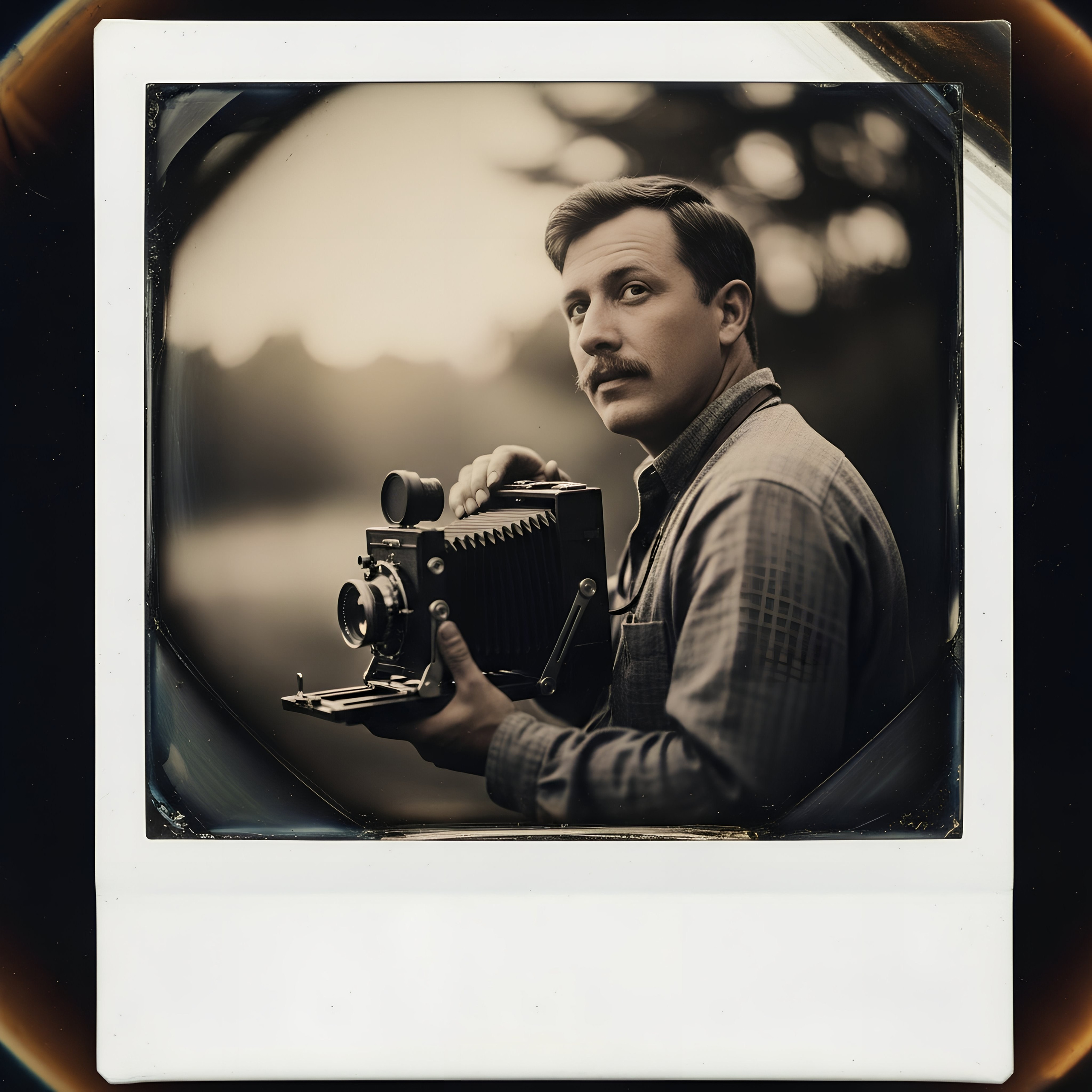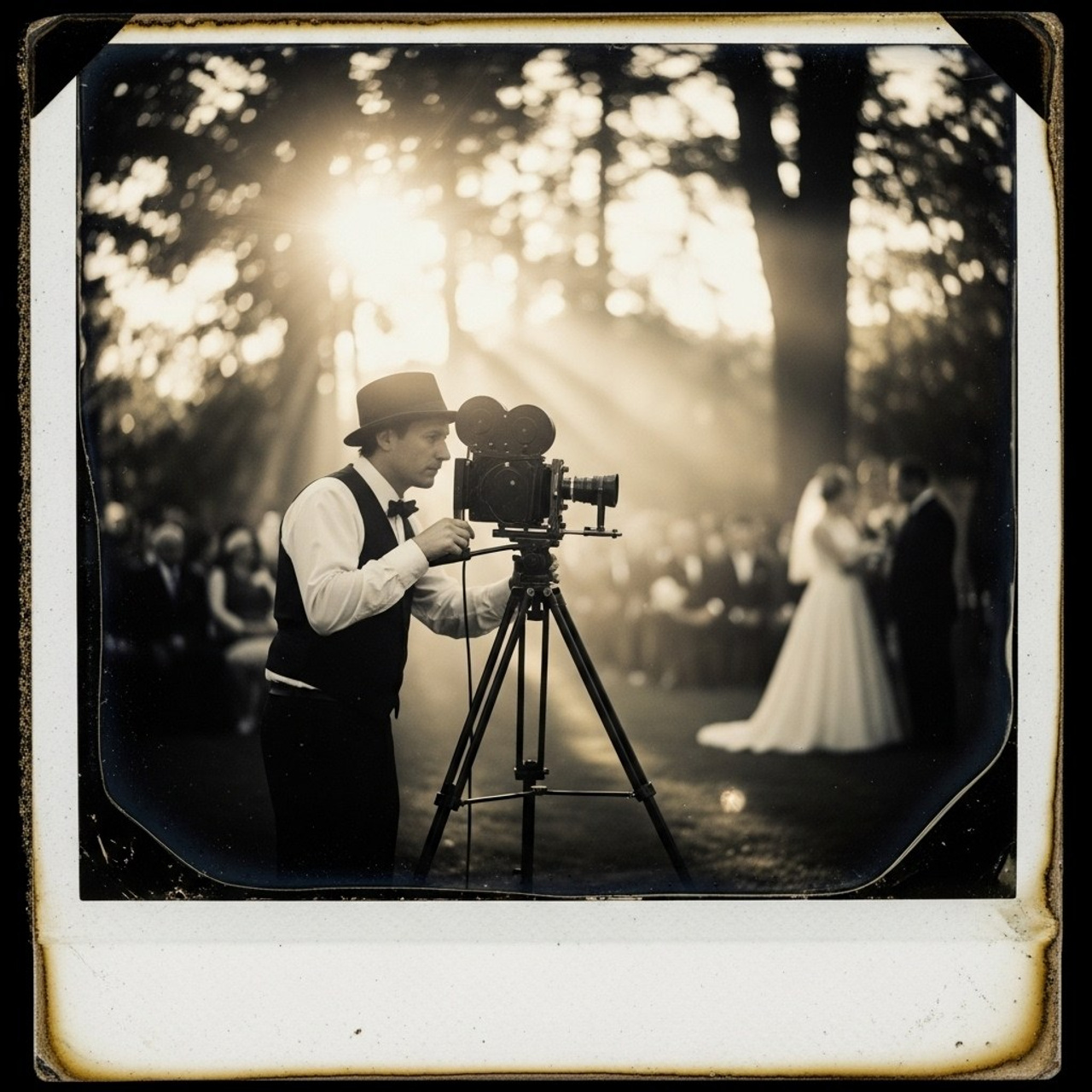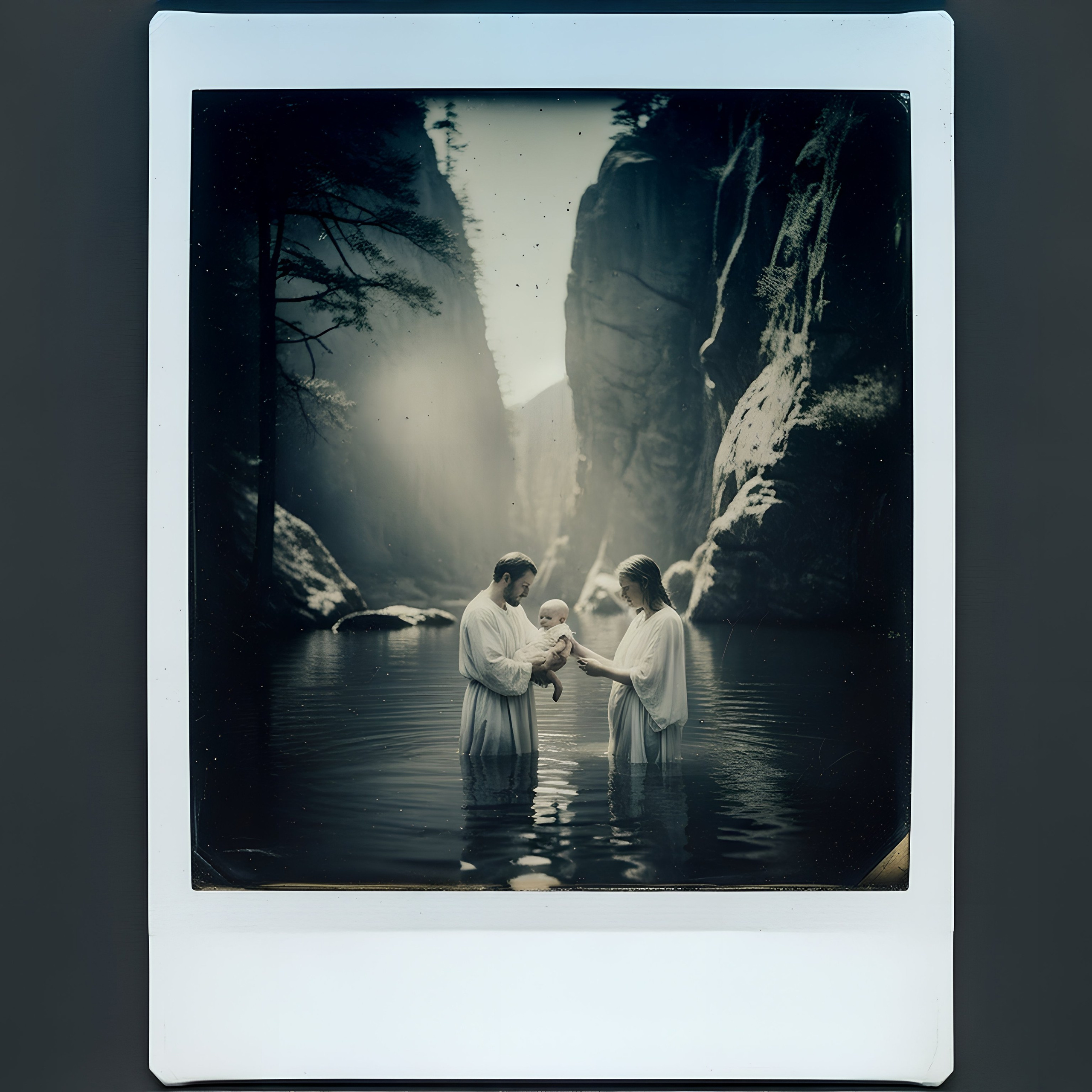📸 1. Different Lenses for Different Shots
- One camera may have a wide-angle lens (for group shots, venue scenes).
- The other may have a telephoto or portrait lens (for close-ups, candid moments).
- This eliminates the need to swap lenses constantly, saving time and reducing the risk of missing key moments.
🔄 2. Speed & Convenience
- Weddings move fast—using two cameras allows photographers to switch instantly between perspectives or focal lengths without fumbling.
🛡️ 3. Backup in Case of Failure
- If one camera malfunctions, the second ensures they don’t miss anything critical like the first kiss or vows.
🎯 4. Different Settings
- One camera may be set for low-light indoor shots (ceremony), and the other for bright outdoor shots (reception or portraits).
- This avoids constant adjustments between environments.
🧰 5. Dual Shooter Feel Without Extra Person
- A solo photographer with two cameras can cover multiple angles and moments simultaneously, almost like having a second shooter.
Blog

Experienced Wedding Photographer
Why You Should Book an Experienced Wedding Photographer

Second cinematographer on your wedding day
Why you need a second cinematographer on your wedding day

The Baptism of a Child
The Baptism of a Child — Meaning, Significance, and Capturing the Moment

Sony mirrorless cameras
Why i choose Sony mirrorless cameras for shooting all my photo and video productions

